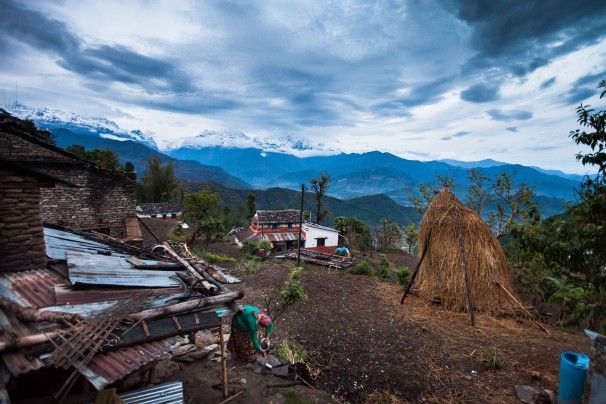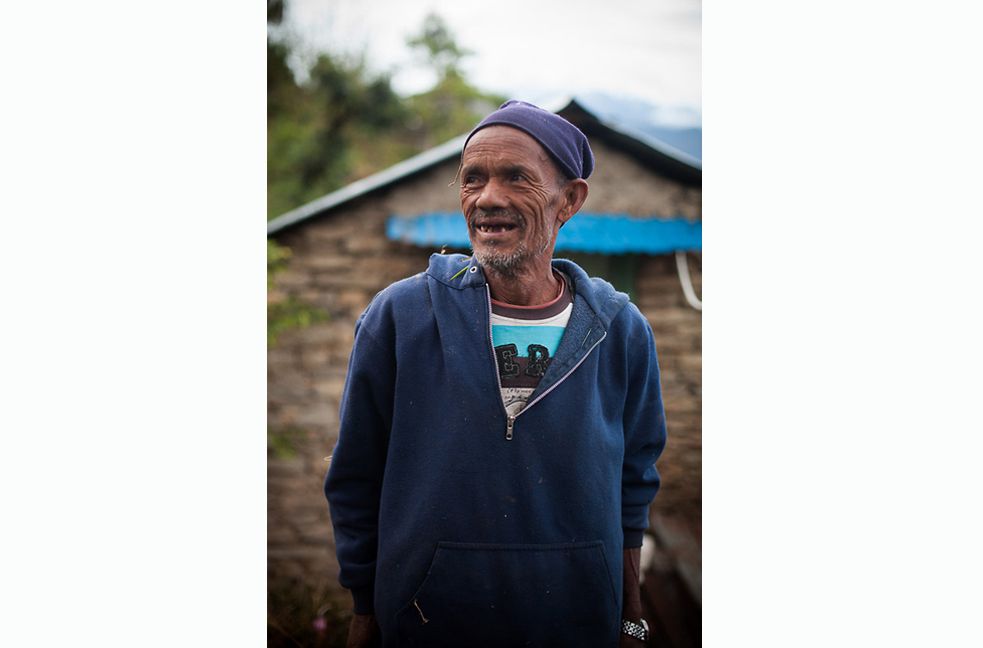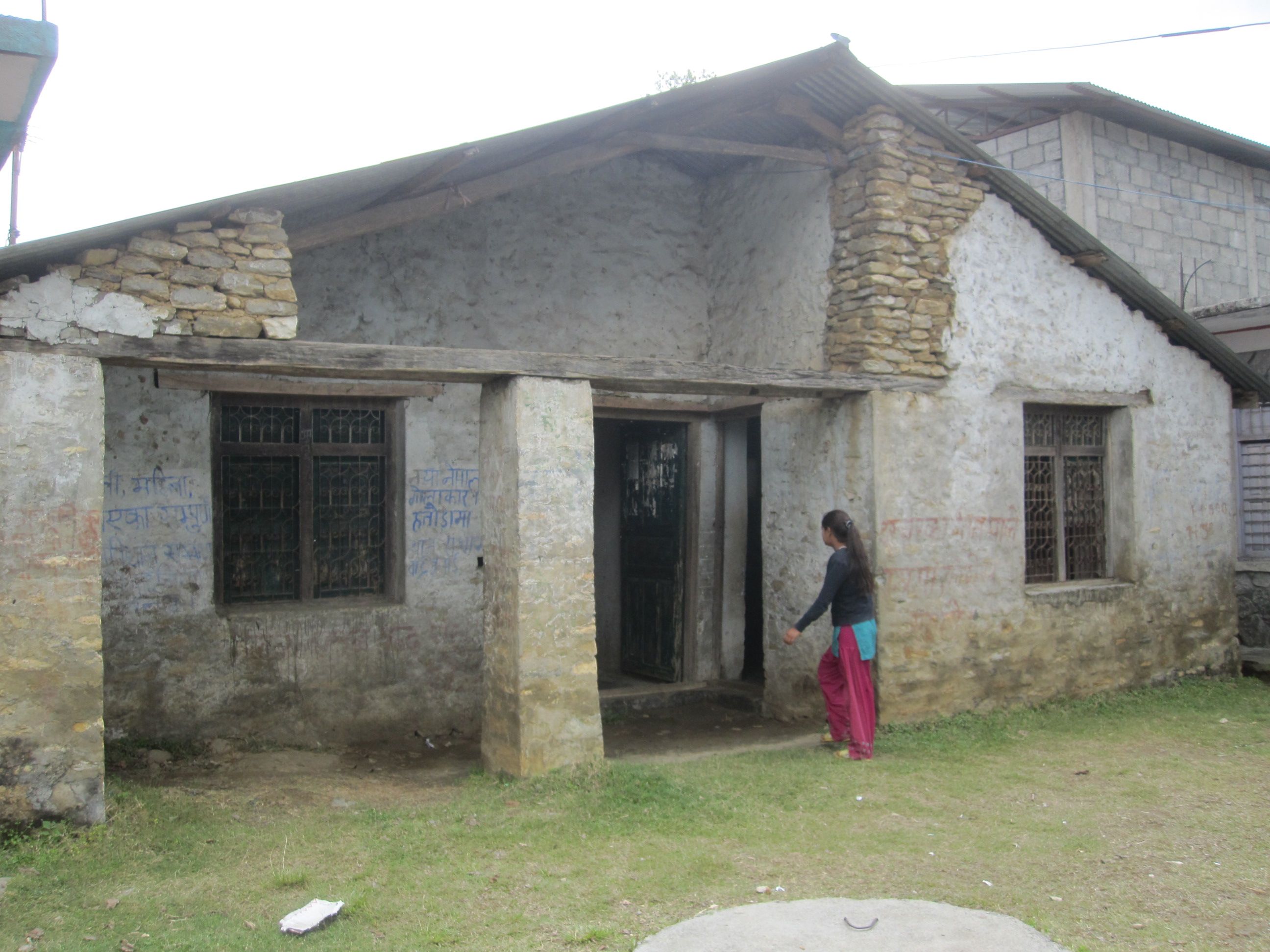This lesson is written as a series of notes for the facilitator.
CCSS.ELA-Literacy.RH.9-10.7
Integrate quantitative or technical analysis (e.g., charts, research data) with qualitative analysis in print or digital text.
Objective:
To give students a close-up view of a successful program dedicated to an aspect of global health abroad. Essential Question: How can those of us who don’t’ have much money or resources do something significant for others.
Warm-up:
Have students visit the Bill and Melinda Gates website. Ask students this question: By 2013 The Gates’ had spent $33.5 billion, So if it takes that much to make the world a better place, what hope does an ordinary person, without much money have?
Introducing the Lesson:
Today we will look at the work of an interesting young woman who single-handedly improved the lives of thousands of people halfway across the world.
Begin the lesson by showing students the short video on Eva Nepal
All this—18,000 or more people served has been done for $25,000 a year (recently $100,000 since the program has expanded), using money raised from a neighborhood race, some fundraising among friends and family, well-read blog, and a few random Facebook contributions.
Why oral health? Ask students to research very briefly the links between oral health and one of the following: Cardiovascular disease, premature birth and low birth weight, diabetes, HIV/AIDS, osteoporosis, Alzheimer's disease.
So, with any luck students may conclude that preventive oral health care may not seem very exciting, but it’s a lot of bang for the buck in terms of promoting global health.
Discussion:
The resources:
- "Nepal: A Day at the Lahachowk Dental Clinic" by Jennifer Miller
- "Obstacles to Providing Oral Healthcare in Nepal" by Jennifer Miller
- "Getting People to Brush Daily in Nepal Is Harder Than You Think" by Jennifer Miller
Have students compare their articles briefly in class.
For the remainder of the class, have students work in their groups to come up with a proposal for a program that will serve approximately 18,000 people here or abroad for
$25, 000 per year. What would the group propose to do? How would they come up with the $25,000? How would they make the program sustainable? Let students finish up
their proposals and share their ideas (briefly) the next day:
Proposed Program Description 2017:
- What will the program accomplish?
- How many people will be employed?
- Who will be served and how many people will be served?
- How will the program be sustainable?
- How will funds be raised? And sustained?









